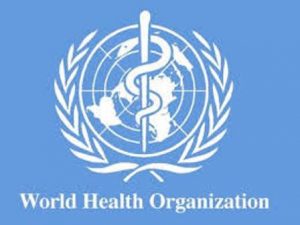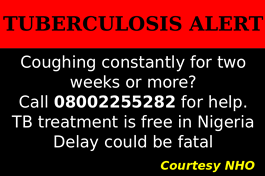WHO estimates cost of reaching global health targets by 2030

17 JULY 2017 | GENEVA – The SDG Health Price Tag, published today in The Lancet Global Health, estimates the costs and benefits of progressively expanding health services in order to reach 16 Sustainable Development Goal (SDG) health targets in 67 low- and middle-income countries that account for 75% of the world’s population.
The analysis shows that investments to expand services towards universal health coverage and the other SDG health targets could prevent 97 million premature deaths globally between now and 2030, and add as much as 8.4 years of life expectancy in some countries. While most countries can afford the investments needed, the poorest nations will need assistance to reach the targets.
“Universal health coverage is ultimately a political choice. It is the responsibility of every country and national government to pursue it,” Dr Tedros Adhanom Ghebreyesus, WHO Director-General, wrote in a commentary accompanying the paper in The Lancet Global Health.
The SDG Health Price Tag models two scenarios: an “ambitious” scenario in which investments are sufficient for countries to attain the health targets in the SDGs by 2030, and a “progress” scenario in which countries get two thirds or more of the way to the targets.
In both scenarios, health systems investments such as employing more health workers; building and operating new clinics, hospitals and laboratories; and buying medical equipment account for about 75% of the total. The remaining costs are for medicines, vaccines, syringes and other commodities used to prevent or treat specific diseases, and for activities such as training, health campaigns and outreach to vulnerable communities.
Under the “ambitious” scenario, achieving the SDG health targets would require new investments increasing over time from an initial US$ 134 billion annually to $371 billion, or $58 per person, by 2030.
The analysis shows that 85% of these costs can be met with domestic resources, although as many as 32 of the world’s poorest countries will face an annual gap of up to US$ 54 billion and will continue to need external assistance. High-income countries were not included in the analysis but other estimates show they can all afford to provide universal health coverage with essential health services to their citizens.
The ambitious scenario includes adding more than 23 million health workers, and building more than 415 000 new health facilities, 91% of which would be primary health care centres.
These investments would boost health spending as a proportion of gross domestic product across all 67 countries from an average of 5.6% to 7.5%. The global average for health spending as a proportion of GDP is 9.9%. Although higher spending does not necessarily translate to improved health, making the right investments at the right time can.
The investments could prevent 97 million premature deaths – one every five seconds over 15 years – including more than 50 million infants and children who are either stillborn or die before their fifth birthday, and 20 million deaths from non-communicable diseases such as cardiovascular disease, diabetes and cancer. Life expectancy would increase by between 3.1 and 8.4 years, and 535 million years of healthy living would be added across the 67 countries.
The “progress” scenario would require new investments increasing from an initial US$ 104 billion a year to $274 billion, or $41 per person, by 2030. These investments would prevent about 71 million premature deaths and boost health spending as a proportion of GDP to an average of 6.5%. More than 14 million new health workers would be added, and nearly 378 000 new health facilities built, 93% of which would be primary health care centres.
The analysis includes targets in Sustainable Development Goal 3 (health and well-being) as well as targets from Goal 2 (zero hunger), Goal 6 (clean water and sanitation) and Goal 7 (affordable and clean energy). Some targets and diseases were excluded because of the difficulty of estimating their associated costs and health impact, or a lack of robust data.
The SDG Health Price Tag does not prescribe what countries should spend on health, but is intended as a tool to inform further research. It also highlights that achieving universal health coverage and the other health targets requires not only funding but political will and respect for human rights.
WHO plans to update the estimates every five years and will include other health-related targets and diseases as more evidence becomes available.
About author
You might also like
HIV/AIDS: Adolescent deaths on increase – PATA director
Stakeholders advocate youth-friendly health services A director of Positive Action for Treatment Access, (PATA) a rights-based non-governmental organisation, Dr. Iwalola Akin-Jimoh has raised the alarm about the increasing rate
Obstetric Fistula: Why expectant mothers must register with skilled birth attendant
With about 500,000 Nigerian women living with obstetric fistula, women need to avail themselves with regular medical check up to prevent health complications, including fistula, which could lead to death
Why female condom use remains low in Nigeria – Pathfinder International
Though female condom plays a key role in family planning, its use in Nigeria has remained very low due to culture, religion and other related barriers, Country Director, Pathfinder International,






0 Comments
No Comments Yet!
You can be first to comment this post!